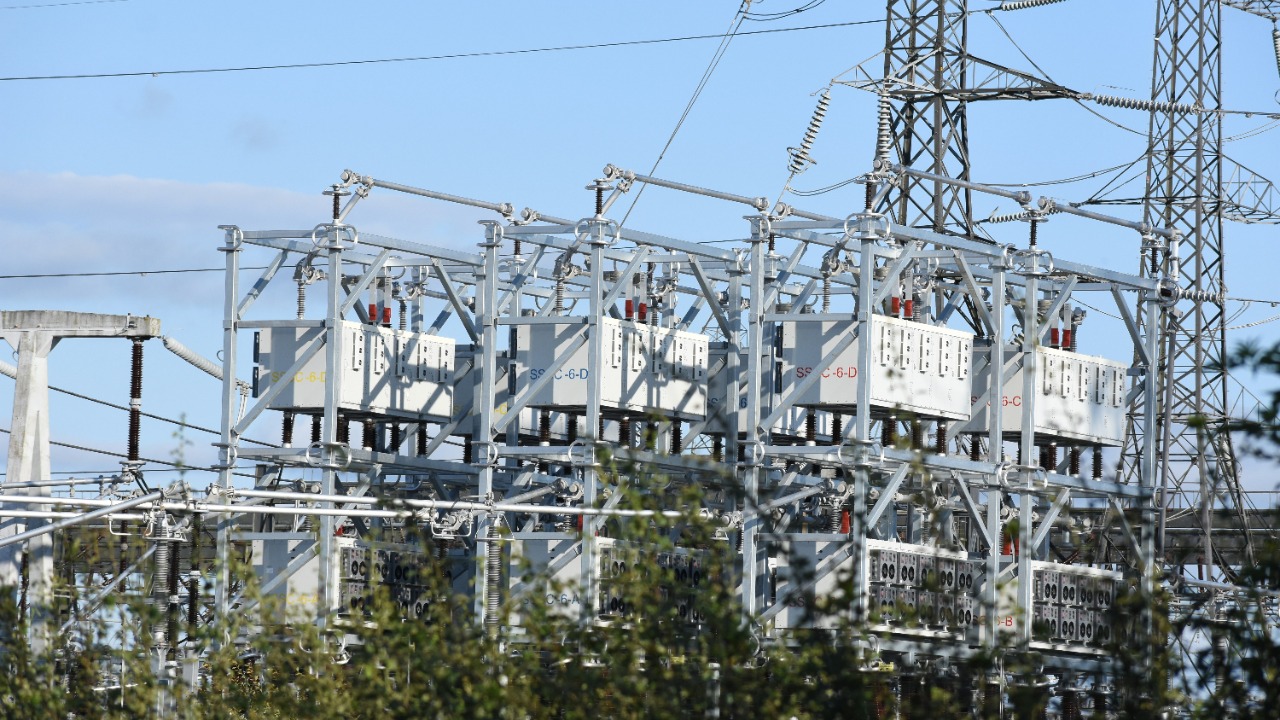
As the demand for electric vehicles (EVs) continues to surge, experts are raising alarms about the ability of the current power grid to handle the rapid increase in electricity consumption. With the transition to cleaner energy sources underway, the grid faces unprecedented challenges that could hinder the progress of the EV revolution. The need to address these issues has become paramount as more consumers make the shift to electric vehicles, driven by environmental concerns and government incentives.
Growing Demand for Electric Vehicles
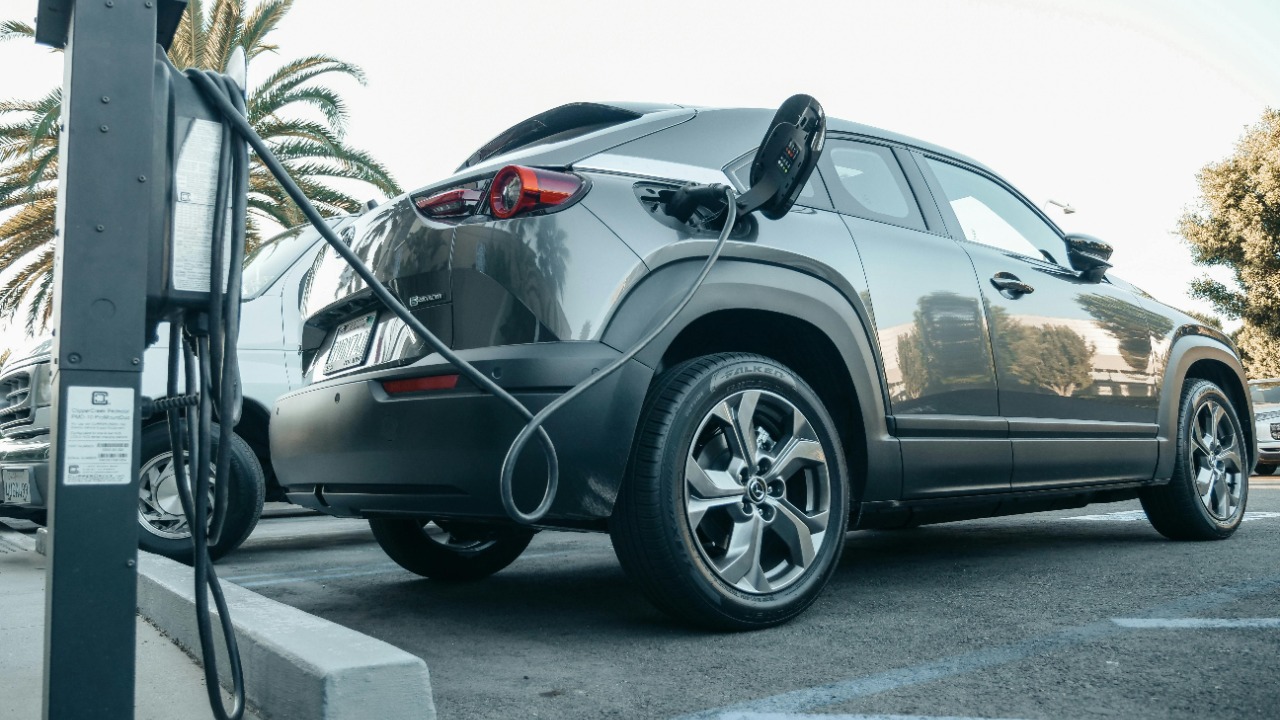
The adoption of electric vehicles has been driven by several factors, including growing environmental awareness and the implementation of government incentives. As climate change concerns escalate, both individuals and businesses are prioritizing sustainable practices, leading to a significant rise in EV purchases. Governments worldwide are also playing a crucial role by offering tax credits and rebates, making it economically feasible for more people to consider switching from gasoline-powered vehicles to electric models. In countries like Norway, for instance, where EVs account for over 54% of new car sales, the shift is particularly pronounced.
The numbers speak volumes about the rapid adoption of electric vehicles. According to some estimates, the global EV market is projected to grow at a compound annual growth rate (CAGR) of approximately 21.7% from 2021 to 2030. This translates into an anticipated increase in electricity demand, placing an additional burden on the already stretched power grid. As more countries aim to phase out internal combustion engines in favor of electric alternatives, the demand for electricity is expected to soar, potentially outpacing the current grid’s ability to supply power efficiently.
Current Limitations of the Power Grid

The aging infrastructure of power grids is a significant concern when considering the increased electricity demand associated with the rise of EVs. Many power grids, particularly in developed countries, have been in place for decades and are struggling to accommodate modern demands. The infrastructure was originally designed to handle a different kind of load, with energy consumption patterns that have since evolved. As electric vehicles become more prevalent, the grid’s limitations become apparent, necessitating upgrades and enhancements to ensure reliable power supply.
Geographical disparities further complicate the situation. Different regions face unique challenges based on their existing grid capacities and energy sources. For example, urban areas may experience increased strain due to higher concentrations of EVs and limited space for infrastructure expansion. Conversely, rural areas might struggle with outdated transmission lines that cannot support increased loads. These geographical differences highlight the need for tailored solutions to address the grid’s limitations in various locales.
Challenges in Grid Modernization
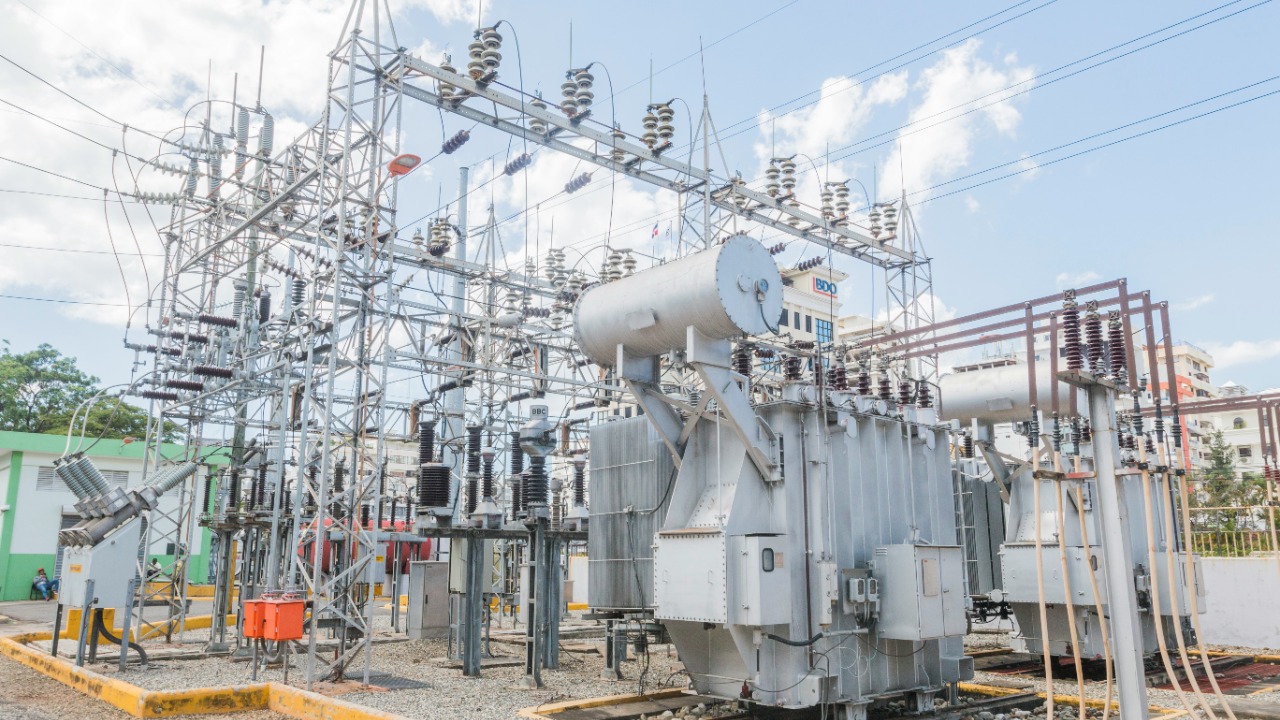
Technological barriers present significant challenges in modernizing the grid to accommodate increased EV usage. Upgrading the grid requires the integration of advanced technologies, which can be complex and time-consuming. Smart meters, advanced energy storage systems, and automation technologies are essential components of a modernized grid, yet their implementation can be hindered by technical complexities and the need for extensive testing and validation.
Financial constraints also play a critical role in grid modernization efforts. The economic implications of upgrading the grid are substantial, with investments required for not only technology but also workforce training and infrastructure development. Securing funding for these initiatives can be challenging, especially in regions where budgets are already stretched thin. The cost of modernizing the grid could potentially be passed on to consumers, leading to increased electricity prices and potentially dampening enthusiasm for EV adoption.
Potential Solutions and Innovations
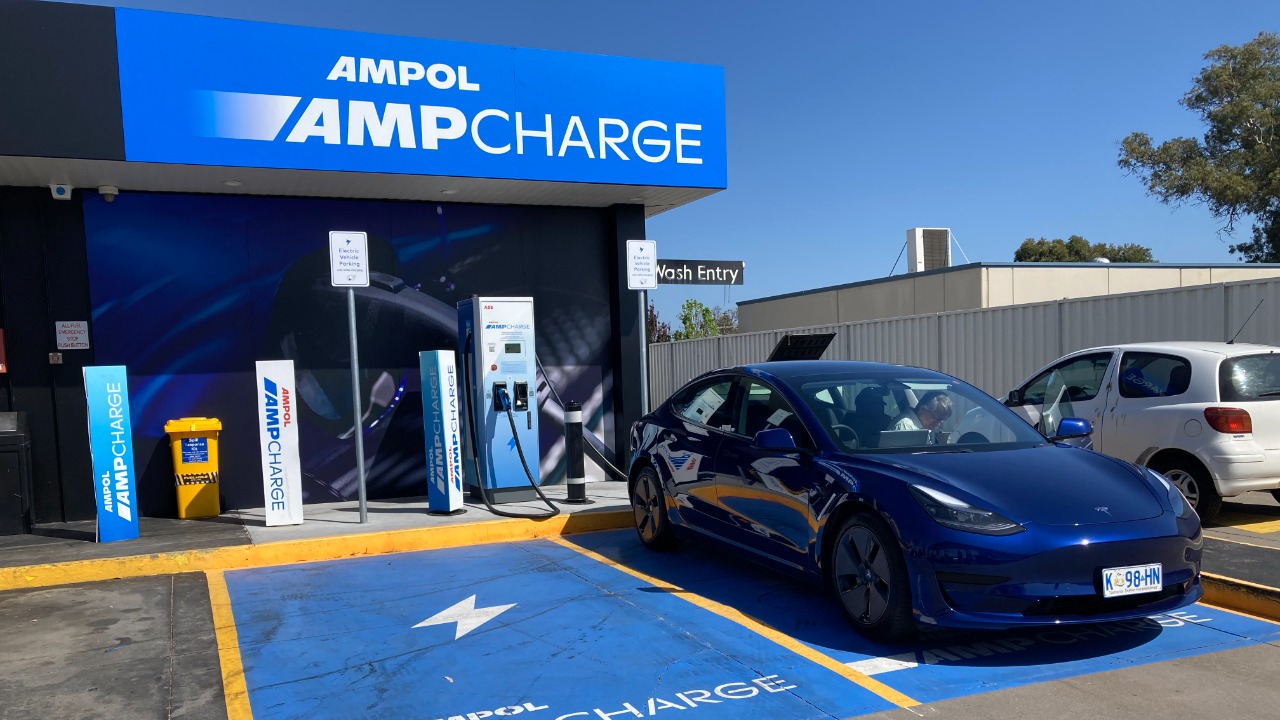
Smart grid technologies offer promising solutions to optimize energy distribution and improve the grid’s efficiency. By utilizing real-time data and advanced analytics, smart grids can dynamically allocate energy resources, reducing waste and ensuring a more stable power supply. This technology not only helps manage increased demand from EVs but also enhances the overall resilience of the grid. For instance, initiatives like the use of better data to manage EV charging are making strides in addressing grid challenges.
Renewable energy sources play a crucial role in offsetting the increased demand for electricity. By integrating solar, wind, and other renewable energy technologies into the grid, the reliance on traditional fossil fuels can be reduced, leading to a cleaner and more sustainable energy landscape. Countries like Germany and Denmark have made significant progress in this area, incorporating substantial amounts of renewable energy into their national grids. This shift not only supports environmental goals but also alleviates some of the pressure on traditional power grids.
Policy and Regulatory Considerations
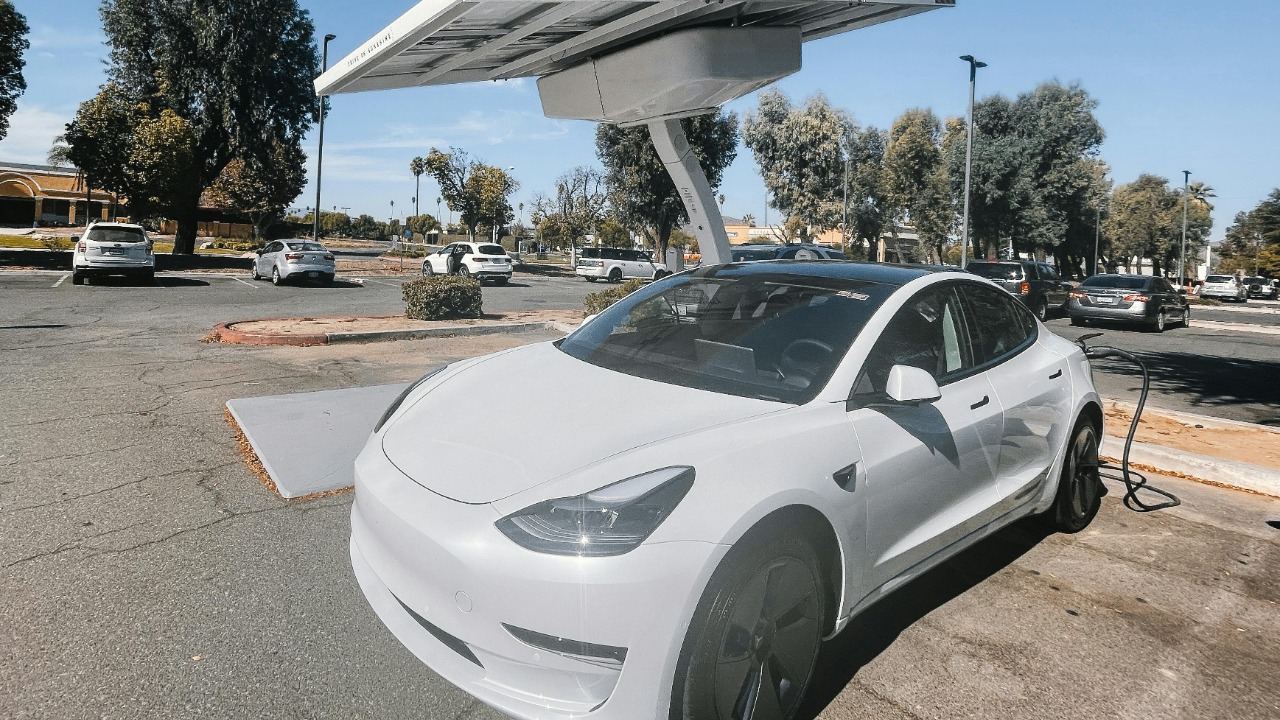
Government initiatives are pivotal in supporting grid improvements and the expansion of EV infrastructure. Policies that incentivize investment in grid modernization, such as tax breaks and grants, can accelerate the transition to a more robust and efficient power system. In the United States, for example, the Bipartisan Infrastructure Law includes provisions for upgrading the grid and expanding EV charging networks, aiming to ensure that the infrastructure can support future demand.
However, regulatory challenges can impede progress. Existing regulations may not accommodate the rapid pace of technological advancement, creating hurdles for the deployment of new grid technologies. Additionally, the regulatory environment varies significantly between regions, complicating efforts to implement standardized solutions. Overcoming these challenges requires a coordinated effort between policymakers, industry stakeholders, and regulatory bodies to create a framework that facilitates grid modernization while ensuring fair access and affordability for all consumers.